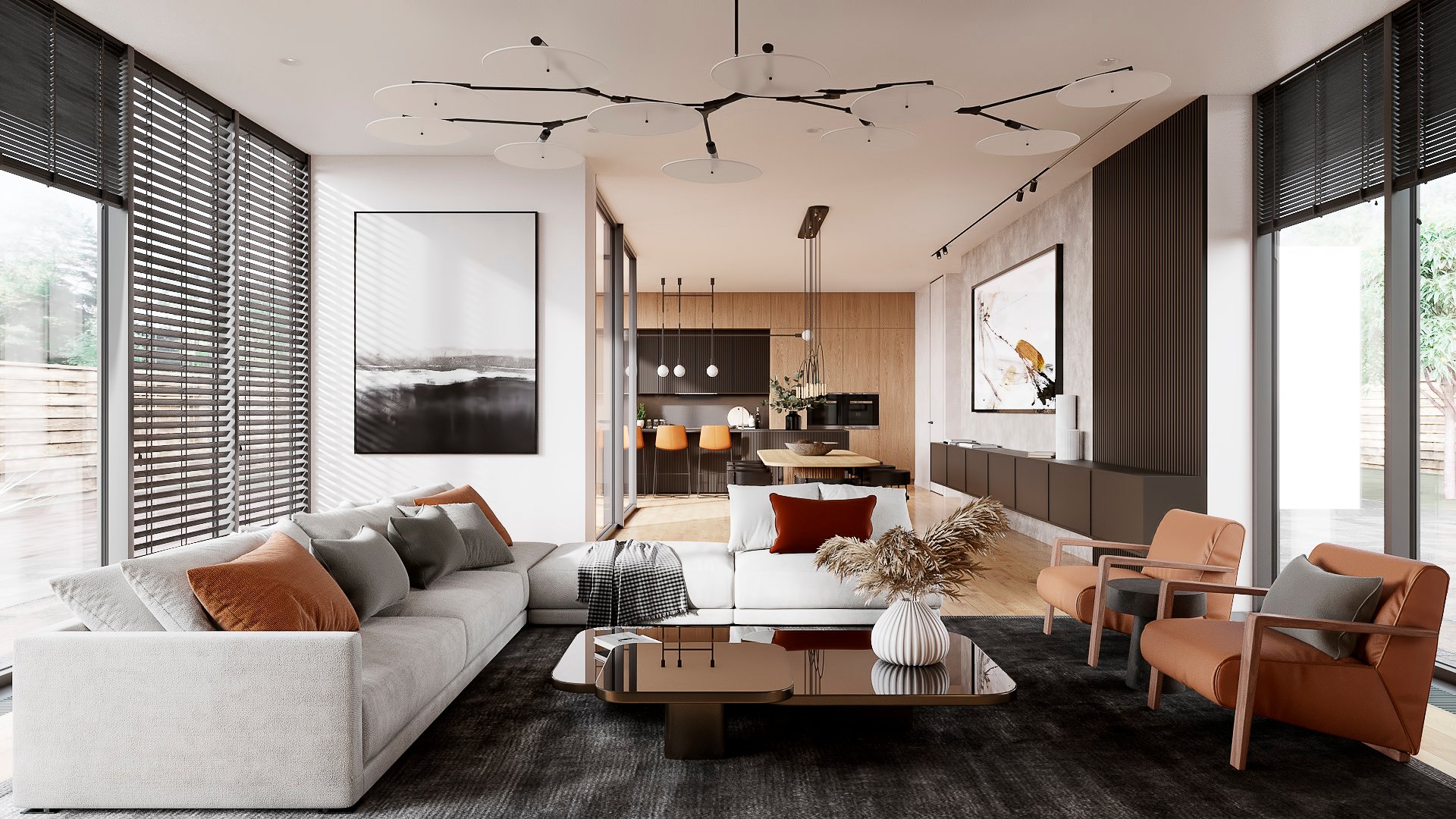How to make an interior design portfolio to increase the chances of getting the best projects? Whether one’s seeking employment at a design studio or communicating with clients directly, making a positive first impression is key to success. Therefore, every interior designer must take compiling an appealing portfolio very seriously. Because otherwise, even a top expert’s skills might go unnoticed. So, how to avoid such an unfortunate situation?
For instance, one should consider using professional photography and/or 3D architectural visualization services to get high-quality visuals. But that’s not all of it. There are far more ways to make a stunning interior design portfolio. Now, want to know more? Then let’s get to the 7 tips that can help designers land their dream job!
#1. Digital or Physical? Make Your Choice

The number one piece of advice on how to make an interior design portfolio that sells is to choose an optimal form for it. Ideally, one should have both digital and printed versions. Because some clients and employers love the old-school feel of paper, while others prefer the convenience of websites and PDFs.
However, most customers and recruiters do prefer digital options. That makes this format a must for a successful interior design portfolio. But it doesn’t mean that one needs to invest a small fortune in a website. For instance, it’s very easy to create a professionally-looking online portfolio using specialized platforms like Behance. They provide all the tools that creatives need to showcase their works and are very easy to update. Most importantly, an online portfolio makes interior designers look more legitimate in the eyes of potential clients and employers. Because in this digital age, an expert with no online presence might seem unreliable.
#2. Maintain a Running Design Theme
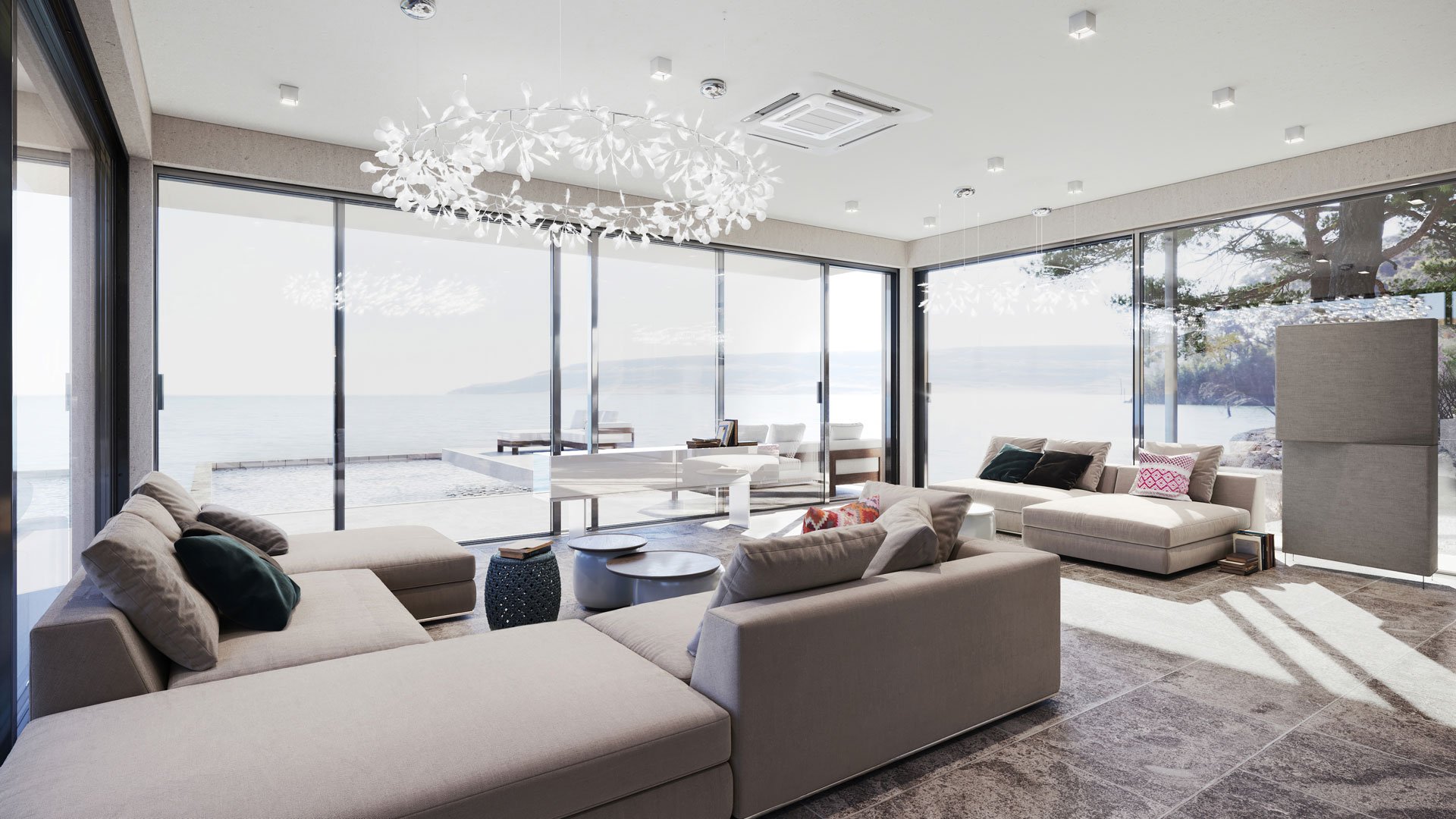
When designing a website, a PDF file, or a printed brochure, one needs to pay a lot of attention to the layout. It should be clean and consistent throughout the entire portfolio. Also, font combinations must be the same on every page. And if the interior designer wants to make the presentation more artistic, they can experiment with typography, colors, and graphic elements. But it’s important to keep things stylish and not go overboard. Overall, a running design theme visually ties the portfolio together and makes it look professional. So, any specialist who wants to know how to make an interior design portfolio that will get them their dream job should start with creating a crisp, beautiful layout for it.
#3. Show Your Work Process
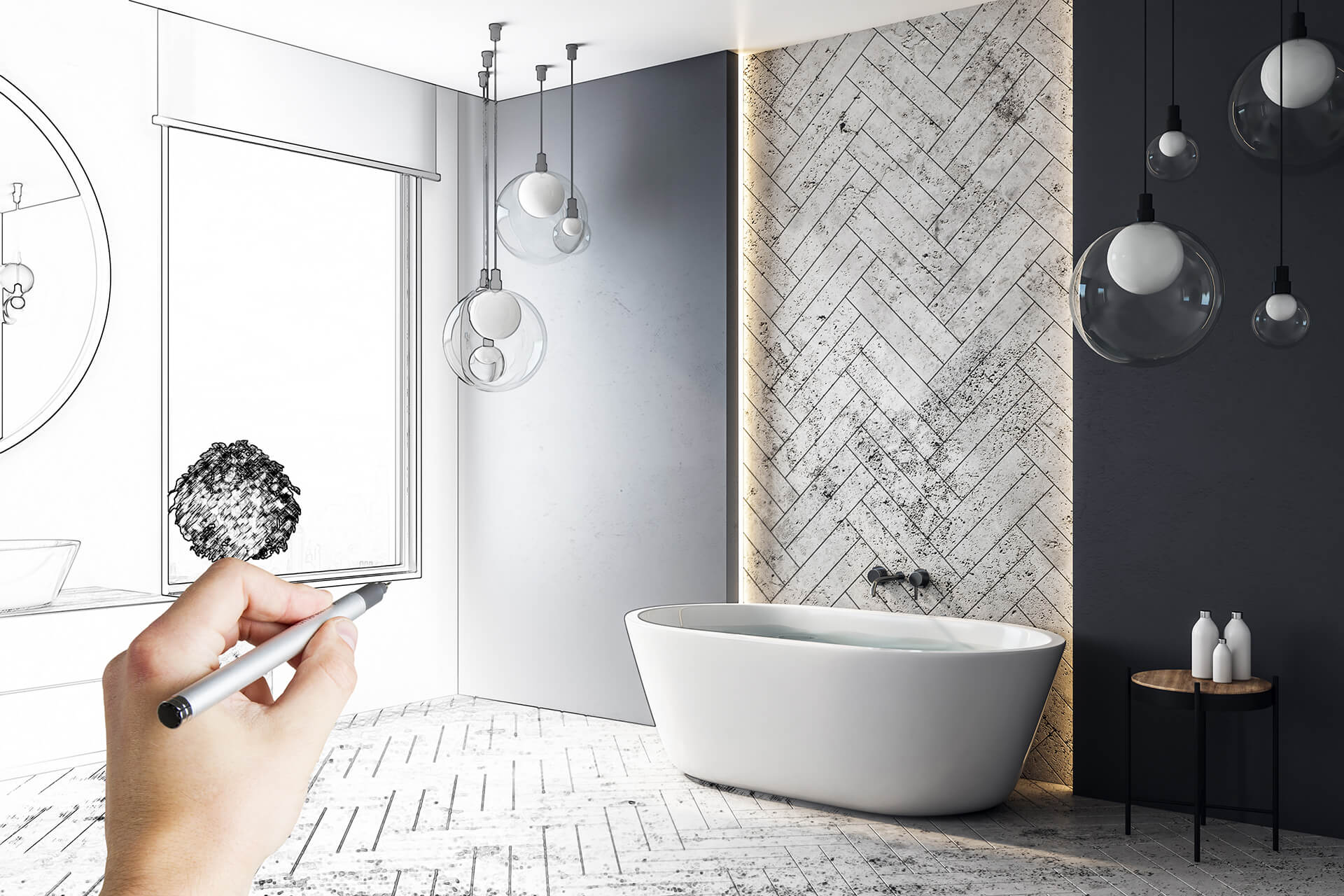
The best way to demonstrate one’s skills as an interior design professional is by showing one’s work process. For that, the designer needs to take one of their best projects and visualize every step of it from start to finish. First, they need to briefly describe the client, their requirements, and the main goals of the project. Then, the interior design specialist needs to guide a reader throughout the creative process. For this, it is needed to include floorplans, sketches, and moodboards to illustrate it. And finally, one must add photos of the final results to complete the story. This way, portfolio viewers will get a clear understanding of how the designer works and what their skills are.
#4. Include Photorealistic 3D Renderings
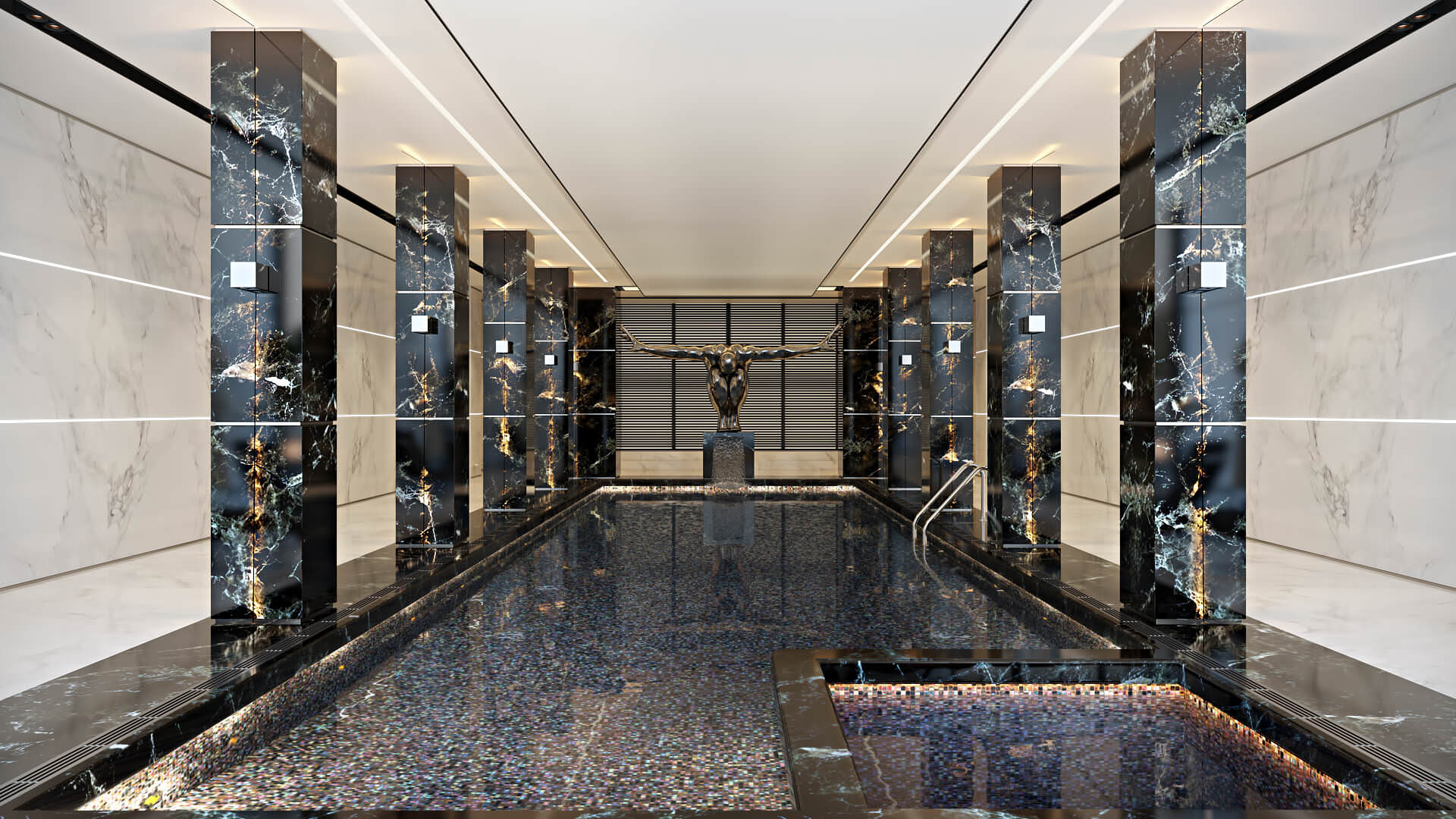
There’s no doubt that visuals are the most important part of any interior design portfolio. But how does one get them if the most brilliant projects are still in the implementation phase? Well, if one’s wondering how to make an interior design portfolio visually striking in that case, there’s an answer. And it’s using high-quality 3D interior visualization.
Take your design presentation to a new level with interior rendering
With this CGI, it’s possible to get photorealistic images for any concepts and projects. Also, one doesn’t have to do 3D visualization themselves. There are CGI studios who provide top-notch 3D rendering for interior designers. All a designer needs is to send some references.
CGI services incude a variety of solutions. Such as interior and exterior rendering, 3D virtual tours, 3D animations, 3D floor plan rendering services, etc. So there’s a perfect fit for every project type.
#5. Describe Your Design Philosophy
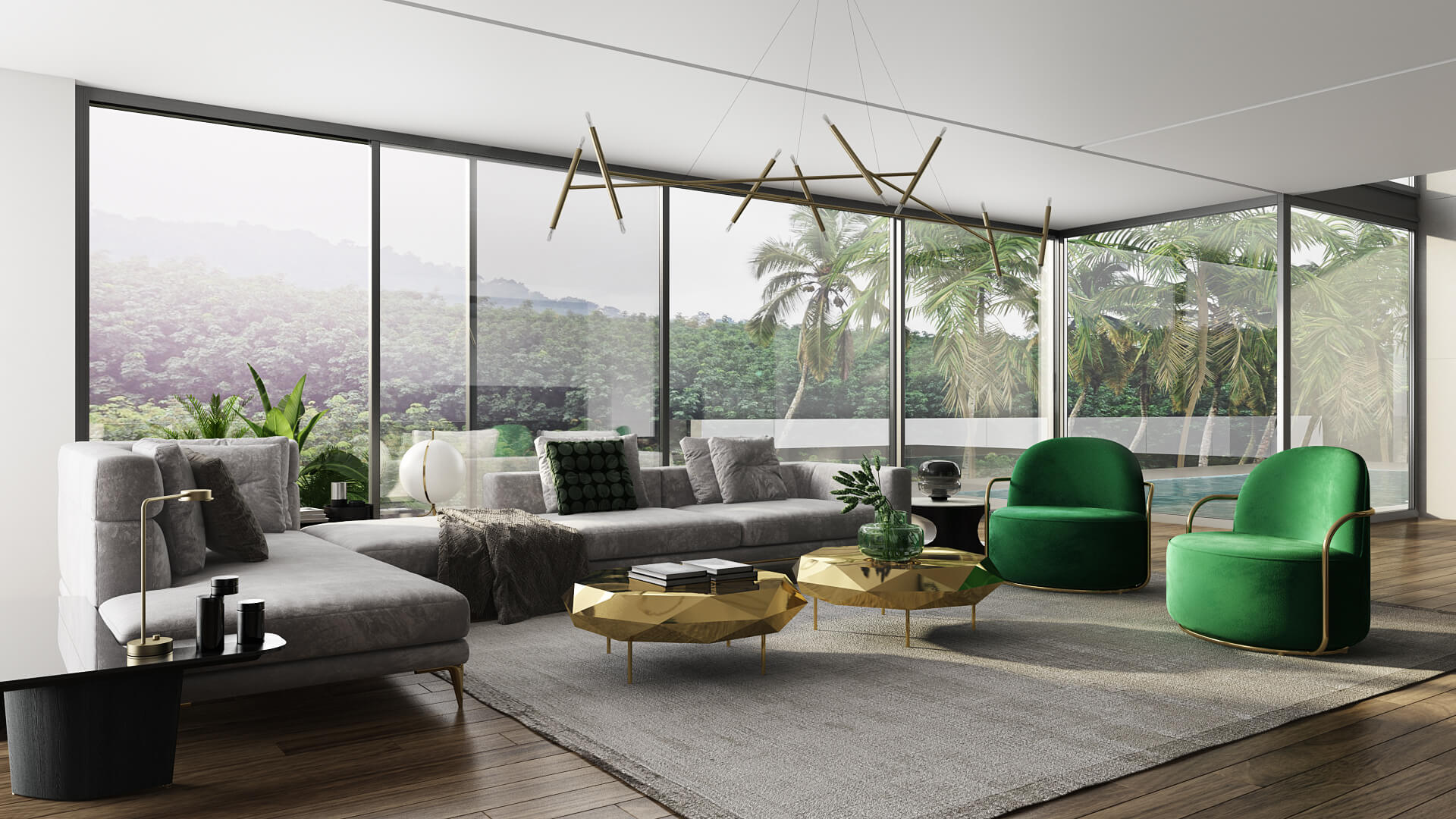
Now, showing artistic and technical capabilities is definitely great. But is there a tip on how to make a design portfolio unique? Of course, there is! To make the presentation really stand out, one can dedicate a page to describing their own design philosophy. Here, an interior design specialist can tell about their creative approach to work and areas of professional interest, as well as techniques and technologies they use.
For instance, many experts pride themselves on their ability to create authentic interiors that truly resonate with their clients. At the same time, every professional has their own ways of achieving that. And whatever those are, they’re worth sharing. Because even a brief description of one’s design philosophy adds that valuable human touch. It makes the portfolio memorable and sets it apart from the rest.
#6. Add Client Testimonials

Another ironclad proof of an interior design specialist’s competence is testimonials from happy clients. Therefore, it’s always a good idea to ask customers to write short reviews once their projects are finished. Then, the designer can feature some of those testimonials in their portfolio along with photos or CG images of the final results. This is how potential employers and new clients will be able to fully appreciate the specialist’s expertise. So, if one’s wondering how to make an interior design portfolio even more impressive, this is the answer.
#7. Share Your Other Creative Work
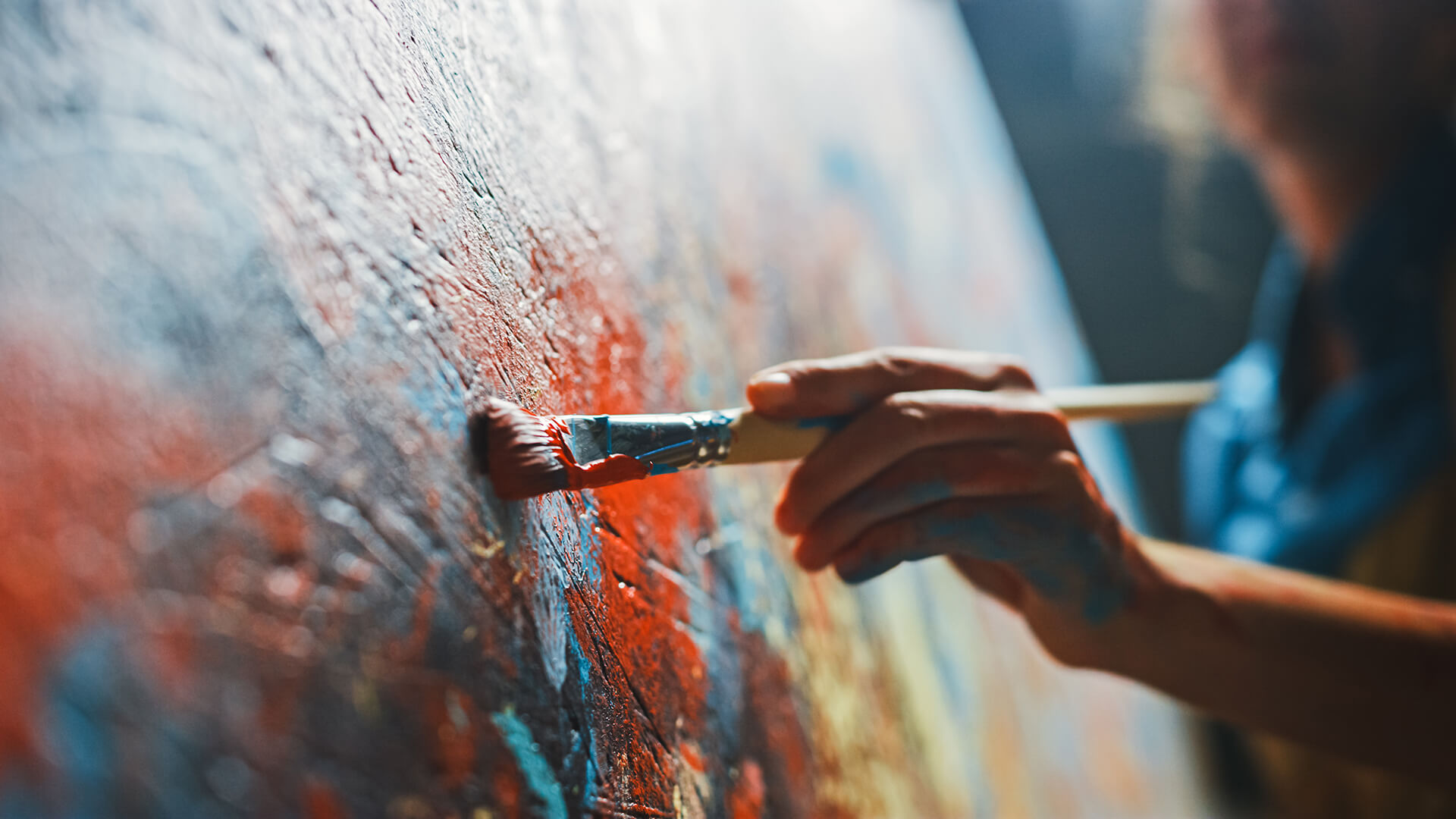
Last but not least on the list of tips here is sharing creative works unrelated to interior design. Most specialists in this field have multi-disciplinary artistic skills. So, why not show all those drawings, paintings, photos, and so on? Having a small section of the portfolio dedicated to various artworks will definitely help to enhance the self-presentation. Because being passionate about visual arts in general is a rather important prerequisite for a successful career in interior design. It allows specialists to always come up with fresh ideas and to be open to creative experiments. And future customers and employers will appreciate seeing that in an interior design portfolio.
Those were the 7 tips on how to make an interior design portfolio that will get a specialist the projects of their dreams. By following at least some of them, one can create an impressive professional presentation that will stand out among those of competitors. Then, apart from the tips above, every interior design professional, from an intern to a studio owner, must remember the basics. Those are including only relevant and truthful information in the portfolio and updating it regularly. And if one’s ready to kick things up a notch, it can be a great idea to start using CGI to showcase all the projects in a consistent, on-brand visual style.
Showcase your architectural project like a true work of art, brought to life with cutting-edge AI-powered CGI technology.
Ready to try high-quality 3D interior design services to make a show-stopping portfolio? Contact us and get unbelievably photorealistic CG images even with just a few references!

Ana Wayne
Content Writer, Copywriter
Ana is a content writer for ArchiCGI. She has a passion for design and architecture - and for talking about it. Outside of work, she is a fan of sci-fi movies and a street food connoisseur.


